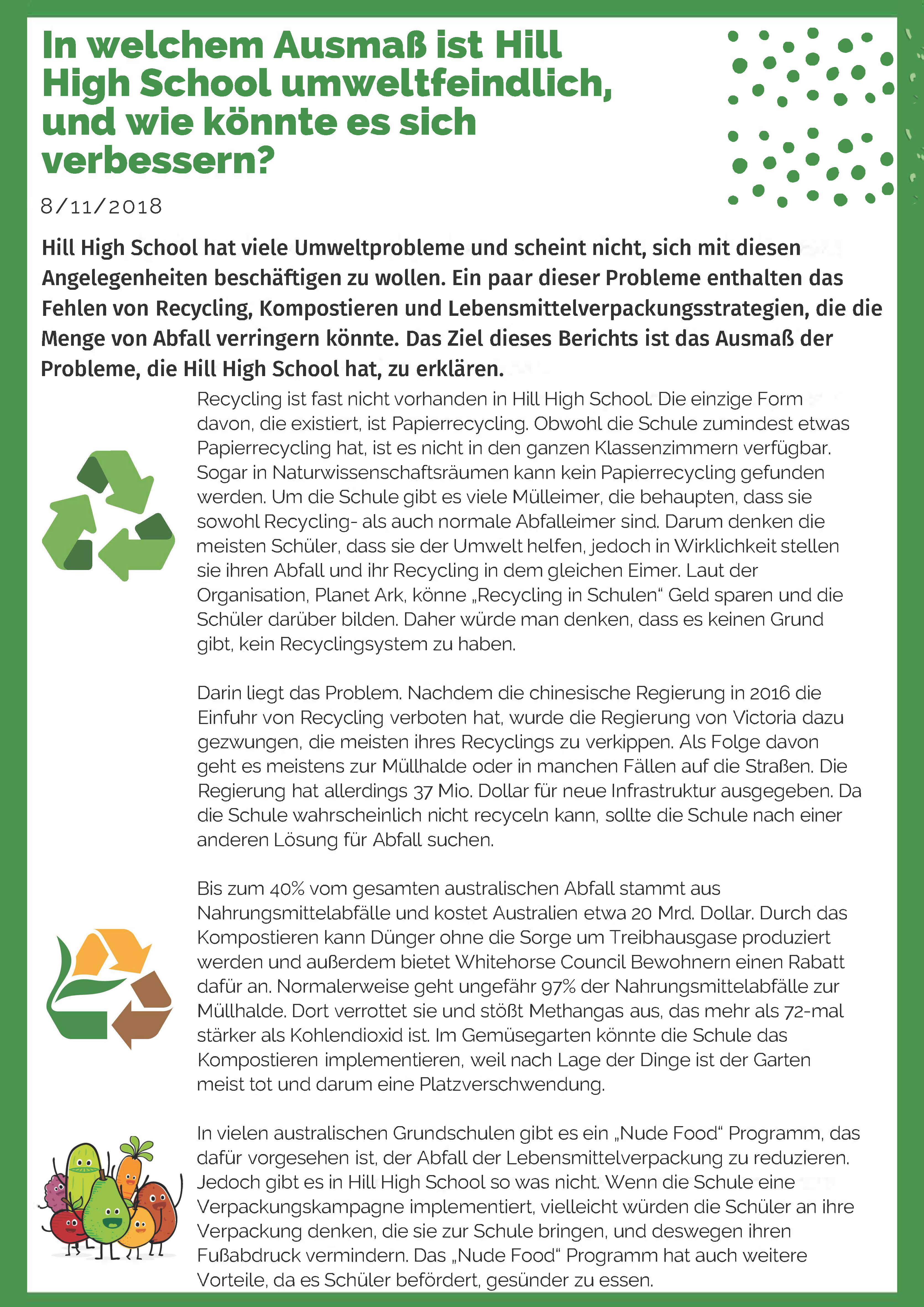By the end of Year 10, students use written and spoken German to initiate and sustain interactions with teachers, peers and others in a range of settings and for a range of purposes. They use language spontaneously in the classroom environment to seek clarification and advice, assist others, initiate conversations and discussions, debate a course of action, share learning strategies and comment on the contribution of others, for example, Meinen Sie, dass …? Was würdest du an meiner Stelle tun? Simon hat Unrecht. Meiner Meinung nach ist Kims Geschichte am lustigsten. Ich sehe deutsche Filme, um meine Aussprache zu verbessern. They describe plans and aspirations using future tense, for example, Wir werden bald in Deutschland sein. Ich werde sicher die 12. Klasse zu Ende machen, und dann werde ich hoffentlich studieren. They state facts and relate experiences, such as, Wir haben fast alle unsere Lernziele für das Halbjahr erreicht. Mit 5 Jahren spielte ich mit Puppen und konnte lesen., using past tense forms, Perfekt and Imperfekt, of regular and irregular verbs. When speaking, they use appropriate pronunciation, intonation and stress in a range of sentence types, including variations such as contractions. They locate, synthesise and evaluate information on local and global issues from a range of perspectives and sources. They present ideas, information and views in a range of texts selected to suit audience, purpose and context. They analyse the main ideas and themes in imaginative texts and use evidence to support their views. They plan, draft and present imaginative texts using literary devices (imagery, similes, onomatopoeia) to engage a range of audiences. When creating informative, persuasive and imaginative texts, students use a variety of conjunctions, relative clauses and other cohesive devices to build cohesion, for example, Ich skype oft mit den Austauschschülern, die letztes Jahr bei uns waren. They specify and describe people, places and objects by applying knowledge of the case system to articles, common demonstratives and possessives followed by adjectives, for example, Ich habe mit meinem neuen Computer große Probleme. They interpret and/or translate excerpts from German texts, identifying and explaining culture-specific aspects, and create texts that reflect and explain aspects of culture and language for different German-speaking and Australian audiences. They identify and challenge their own assumptions and take responsibility for modifying language and behaviours in relation to different cultural perspectives.
Students identify ways that language influences people’s actions, values and beliefs, and appreciate the scale and importance of linguistic diversity. They explain the roles of different German cases (nominative, accusative, dative and genitive) and tenses, and variations in spoken and written German in relation to pronunciation, spelling and punctuation. They explain the relationship between text type, audience and purpose. They identify the role culture plays in the creation and interpretation of texts, and explain how language and text features (layout, structure and formal/informal register) are used differently in a range of texts. They explain ways in which language and culture are interrelated and influence each other.
